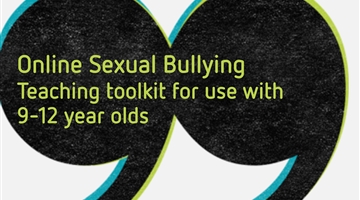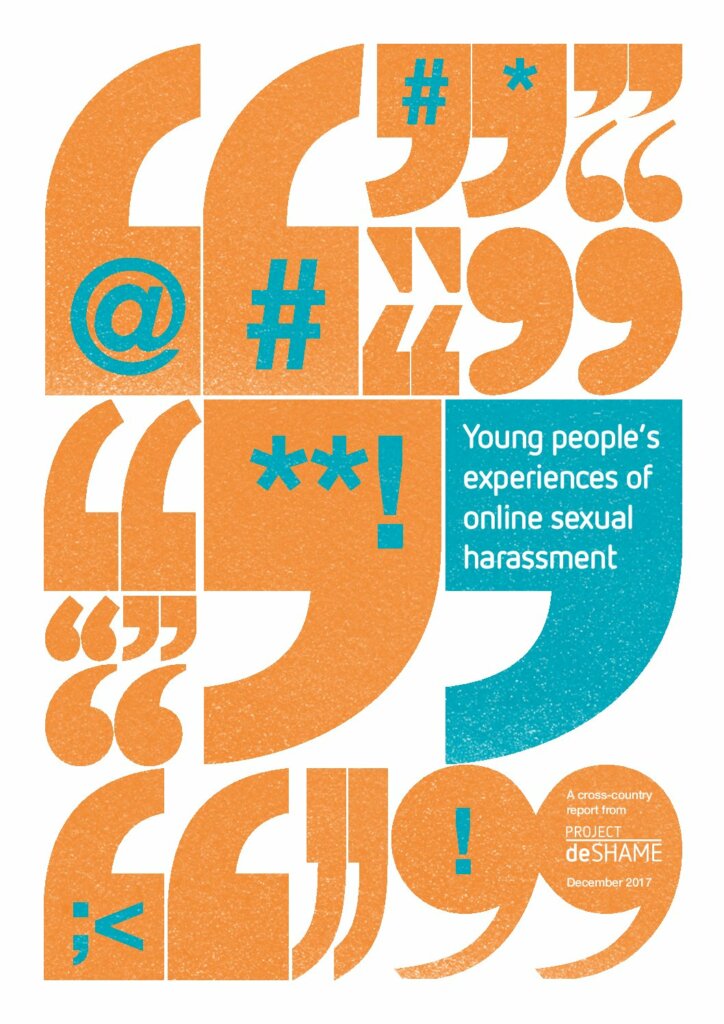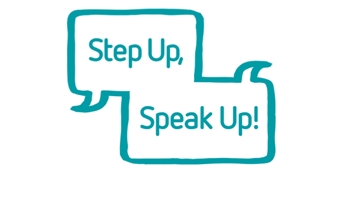Online sexual harassment is defined as unwanted sexual conduct on any digital platform. It includes a wide range of behaviours that use technology to share digital content such as images, videos, posts, messages, pages etc. on a variety of different platforms (private or public).
Whilst online sexual harassment can happen between adults and children, this hot topic focuses on peer-to-peer harassment taking place between young people.
Four types of online sexual harassment
Online sexual harassment has been categorised in four main types. These different behaviours are often experienced simultaneously and can overlap with offline experiences of sexual harassment.
Explore:
A person’s sexual images and videos being shared without their consent or taken without their consent.
This includes a range behaviours, such as:
- Sexual images/videos taken without consent (‘creep shots’ or ‘upskirting’)
- Sexual images/videos taken consensually but shared without consent (‘revenge porn’)
- Non-consensual sexual acts (e.g., rape) recorded digitally (and potentially shared)
A person receiving sexual threats, being coerced to participate in sexual behaviour online, or blackmailed with sexual content.
This includes a range behaviours, such as:
- Harassing or pressuring someone online to share sexual images of themselves or engage in sexual behaviour online (or offline)
- Using the threat of publishing sexual content (images, videos, rumours) to threaten, coerce or blackmail someone (‘sextortion’)
- Online threats of a sexual nature (e.g., rape threats)
- Inciting others online to commit sexual violence
- Inciting someone to participate in sexual behaviour and then sharing evidence of it
A person being targeted by, and systematically excluded from, a group or community with the use of sexual content that humiliates, upsets or discriminates against them.
This includes a range behaviours, such as:
- Gossip, rumours or lies about sexual behaviour posted online either naming someone directly or indirectly alluding to someone
- Offensive or discriminatory sexual language and name calling online
- Impersonating someone and damaging their reputation by sharing sexual content or sexually harassing others
- Personal information shared non-consensually online to encourage sexual harassment (‘doxing’)
- Being bullied because of actual or perceived gender and/or sexual orientation
- Body shaming
- ‘Outing’ someone where their individual’s sexuality or gender identity is publicly announced online without their consent
A person receiving unwelcome sexual requests, comments and content.
This includes a range behaviours, such as:
- Sexualised comments (e.g., on photos)
- Sexualised viral campaigns that pressurise people to participate
- Sending someone sexual content (images, emojis, messages) without them consenting
- Unwelcome sexual advances or requests for sexual favours
- ‘Jokes’ of a sexual nature
- Rating peers on attractiveness/sexual activity
- Altering images of a person to make them sexual
For teaching resources and guidance on how to tackle online sexual harassment amongst children and young people:
“A friend of mine was in a seemingly healthy sexual relationship, when noticing things weren’t going okay, he decided to end it with that person. That person then retaliated in threatening my friend about sharing nude photos. I could do nothing but comfort him.”
Girl, 14 years, UK – Project deSHAME
Further resources
For more detailed advice, guidance or resources to use in school, and to find out more about online sexual harassment, click on the links below:
 As part of our work in the UK Safer Internet Centre
As part of our work in the UK Safer Internet Centre



